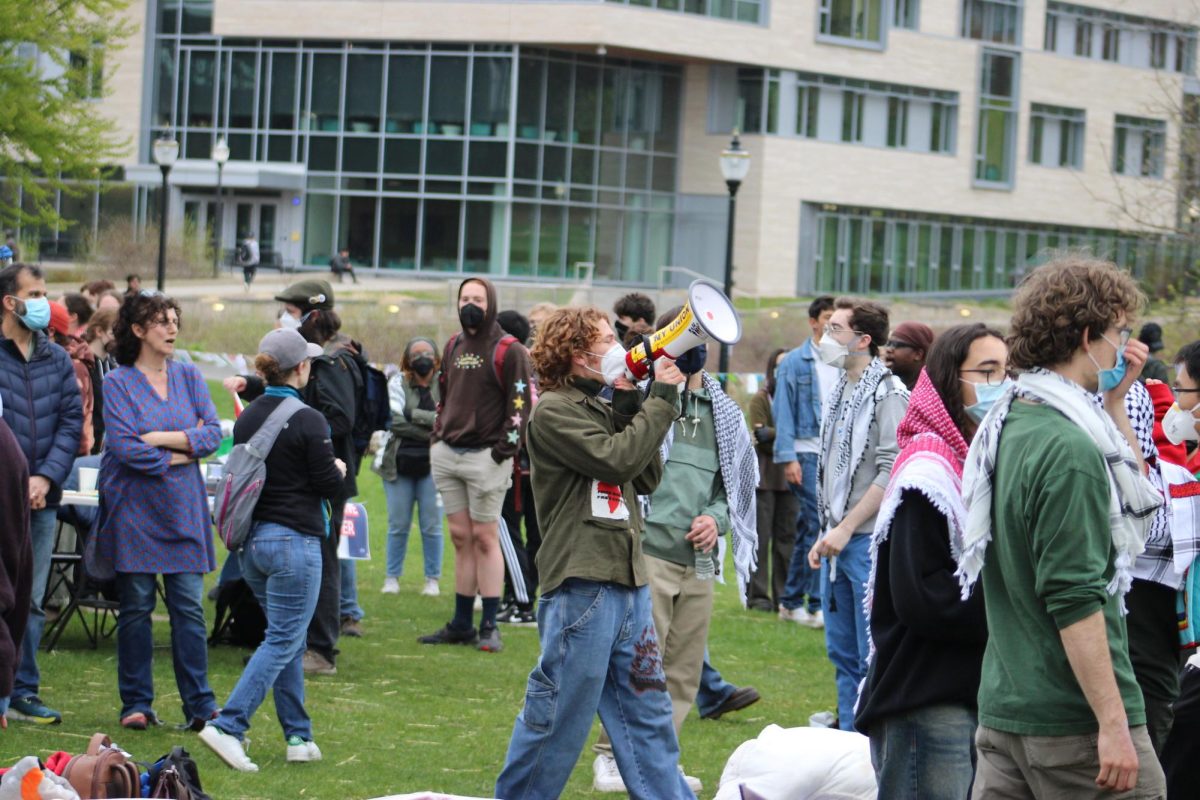UMass Amherst researchers develop tool to assess supernetwork efficiency and vulnerability
A new computer tool developed by researchers at the University of Massachusetts seeks to determine the loss of efficiency that occurs when key components of infrastructure like roads, electrical power stations or transmission lines are destroyed.
The tool captures the existing demand placed on a network and how users of a network readjust after a disruption, such as a natural disaster or equipment failure.
According to its developers, the tool will allow decision makers to identify critical infrastructure components and protect them accordingly.
“We expect that the tool will have wide practical applications, since it provides a quantifiable way to identify which network components should be best maintained based on actual usage and costs,” said developer Anne Nagurney, director of the Isenberg School of Management’s Virtual Center for Supernetworks.
The new tool was developed through funding from the National Science Foundation, by Nagurney and doctoral student Qiang “Patrick” Qiang.
The first results of the study, “A Network Efficiency Measure for Congested Networks,” will be published in the August 2007 Europhysics Letters. Additional papers are in press in the journals Optimization Letters and the Journal of Global Optimization.
UMass Amherst professor awarded fellowship to study arsenic contamination in U.S. and overseas
UMass chemistry professor Julian Tyson will be traveling around the world to discover the secrets held by a deadly toxin.
Tyson was recently awarded a $200,000 Discovery Corps Fellowship by the National Science Foundation (NSF) to support his research and educational efforts on the toxic contaminant arsenic. Arsenic is considered by the U.S. Environmental Protection Agency to be the contaminant that poses the most significant threat to human health.
During his fellowship period, Tyson will be aided by college and middle school students and collaborate with life sciences professors to develop plants and microorganisms that will aid in removing arsenic from contaminated soils and waters.
Through the fellowship, Tyson will travel to Bangladesh, Thailand and Vietnam – all currently dealing with severe arsenic contamination issues – to interact with international researchers.
UMass Amherst scientist tracks grwoings spread of Lyme disease
While most people try to avoid the deer ticks that carry Lyme disease, UMass Amherst scientist and assistant professor Stephen M. Rich is collecting as many ticks as possible in an effort to track the spread of the disease in New England.
Rich is an assistant professor of medical entomology in the department of plant, soil and insect sciences – so creepy-crawlers are right up his alley.
Rich received a $40,000 to conduct a Lyme disease survey from the New Hampshire Department of Health and Human Services that began in July 2007.
Rich studies tick populations at numerous sites in Massachusetts under an ongoing grant from the National Institutes of Health. Locations range from Cape Cod and the Islands to the Berkshires. He was surprised to find a thriving population of deer ticks halfway up Mount Greylock, one of the coldest areas in the state.
The Rich laboratory also tests ticks submitted by Massachusetts residents for the presence of Lyme disease on a fee-for-service basis. More information can be found at Rich’s laboratory Web site at www.umass.edu/richlab.
UMass Amherst chemist receives $175,000 NIH grant to study the process of RNA synthesis
UMass chemist Craig Martin received a four-year, $175,000 grant from the National Institutes of Health to study how a key enzyme changes structure during transcription, the copying of genes to make RNA, which allows genes to regulate cells – and may allow Martin to find the key to human disease.
Martin will focus on a large rearrangement that occurs in the RNA polymerase molecule as it initiates transcription and then changes into a stable complex capable of transcribing thousands of nucleotide building blocks.
“There is a lot of reorganizing of the RNA polymerase molecule during the initial phases of transcription,” said Martin. “My research will focus on what structural changes occur and what triggers these changes.”






